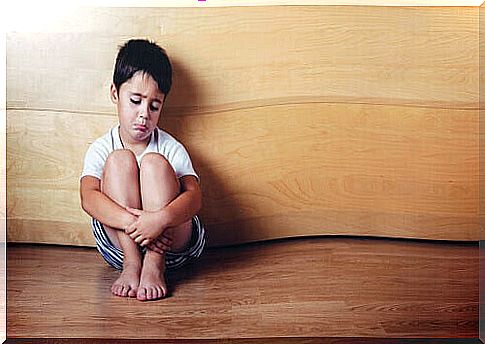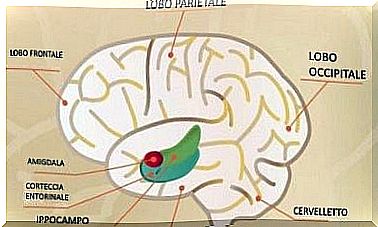Positive Discipline To Raise Happy Children

Do you believe that education is all about inventions? Pythagoras said “educate children and it will not be necessary to punish men”, a phrase that does not stray too far from the theories and techniques of positive discipline, which we will discuss today in this article.
Children’s education is a theme developed by hundreds of thinkers, psychologists, educators, sociologists and specialists. There are countless theories nowadays, so the decision depends on each parent. However, positive discipline could be an excellent option for educating independent and happy children.
What is positive discipline?
According to author Jane Nelsen, we can consider positive discipline as a set of teachings through which to understand the child’s behaviors and the best way to direct his attitudes. It is a sort of guide for those who accompany children in their growth process.
To put positive discipline into practice, you need several tools, such as empathy and communication. By showing understanding and affection to the child, relationships are established that serve parents and mentors to move towards respectful attitudes.

A singular point of this educational technique is the absence of punishments and punishments. The basic principle is respect between the adult and the child, in addition to mutual cooperation, whereby the child independently develops some basic skills, without too much control or permissiveness on the part of the parents. It is an approach that allows children and adults to feel comfortable and confident.
Agreements in positive discipline
Positive discipline is based on agreements. Always in a coherent way, the aim is to reach a form of understanding between the guardian and the child in an environment of rules that both have established and that they undertake to respect.
Any type of decision, therefore, is based on collaboration and everyone, child or adult, assumes responsibility, accepting it in advance.
In this sense, positive discipline is based on four criteria, namely kindness and firmness, the connection and importance of the child, long-term effectiveness and valid teachings to acquire skills.
Punishment in positive discipline
Punishment is a tool that is totally excluded from positive discipline. According to experts, in fact, punishing allows us to achieve only short-term results, but the consequences can be negative over time.
Advocates of positive discipline believe that punishment can make the child resentful, who will take a vindictive attitude. Furthermore, the child may become too rebellious, as well as reserved and elusive.

This is because the punishment involves guilt and a sense of shame, which are neither desired nor effective effects. In this sense, many studies show that children can be too submissive or rebellious precisely because of the punishments.
The resources used by positive discipline
Like any educational technique or theory, parents and educators must have at their disposal all the tools necessary to implement this positive discipline. In this case, if you want to apply it with your pupils or your children, you have to take into account some aspects:
- You need to make it easier for children to develop the most important skills. Thus they will achieve greater autonomy, responsibility, self-knowledge, etc.
- You must avoid techniques that only have short-term results, such as the case of the punishments we discussed earlier.
- You have to discard the idea that in order to feel better, you must first feel worse. This resource goes hand in hand with the negativity of punishment.
- It is necessary to actively involve the child in establishing rules, responsibilities or limits.
- The phrases and attitudes towards the child must always show affection, but never permissiveness or condescension.
This is, in broad terms, positive discipline. An educational technique that many parents and educators put into practice, even if it is not yet widespread enough to evaluate its real effects and consequences. In any case, creating an environment of autonomy and responsibility for the child is always the best basis for his development.









